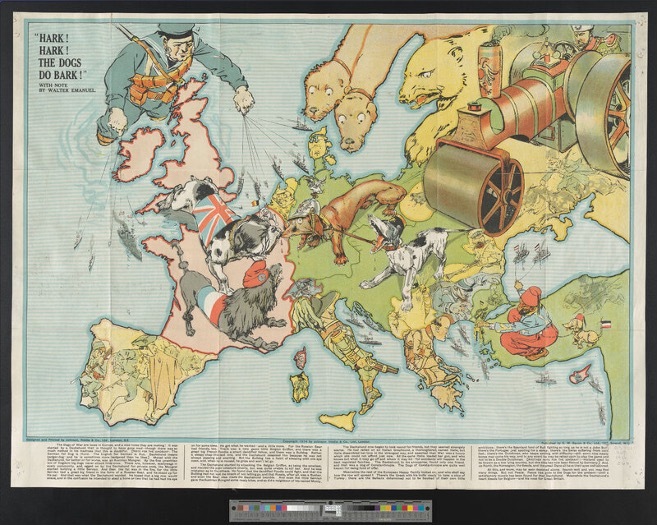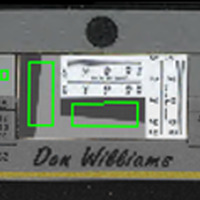- Exhibits
- Digitizing with FADGI - A Quality Endeavor
Digitizing with FADGI - A Quality Endeavor
In 2022, Digitization Services (DS), which serves the University of Illinois at Urbana-Champaign Library in Preservation Services received a major equipment upgrade. This included cameras on two overhead camera copystand stations, lights on one, and additional updated software. Some of the new programs enabled us to validate our image quality using quantifiable metrics outlined by the Federal Agencies Digital Guidelines Initiative (FADGI). This new process ensured we were getting the most out of our new tools.
Also that year, the collaborative Image Working Group updated the FADGI guidelines and published a draft that took into consideration current changes in knowledge and technology. DS was well positioned, after installation of the new software and equipment, to put these to the test with our new set ups in the winter of 2022-2023.
A little over a year into this practice, DS is excited to share how adopting this new workflow has progressed, a look at the practical steps involved, including challenges and discoveries, and how the practice continues to inform our production, skills and output.
What is FADGI?
FADGI outlines the standards in the United States that benchmark image quality for digitization efforts of cultural heritage institutions. It’s created by the Still Image Working Group who advise digitization practices for federal agencies. In the prevailing “FADGI Technical Guidelines for Digitizing Cultural Heritage Materials - 3rd Edition (2023)” document, a variety of metrics can be found on a scale of 1 star (lowest, reference files) to 4 stars (highest, use for nearly anything files). The goal of this type of imaging is to capture an accurate digital representation of the physical item, not restoration or improving the visual qualities of the original. There are other digitization best practices out there too, like Metamofoze (the standard in Europe), international imaging standards (ISO, or International Organization for Standardization), and internal guidelines from many practitioners.
This information (copied directly from the linked guidelines) is helpful in understanding the star rating system for measuring image quality for color accuracy, focus, lightness and resolution:
- One-Star imaging is appropriate for applications where the intent is to provide a reference to locate the original or when there is no ability to image to a higher star level. FADGI recognizes that there are many reasons why imaging to higher star levels is not possible, but conformance to FADGI guidance for other aspects of an imaging program can be highly beneficial. A one-star rating is an excellent starting point for any program that wishes to begin standardized imaging but may not have the necessary support or experience to achieve a higher rating.
- Two-Star imaging is appropriate where there is no reasonable expectation of having the capability to achieve three-star conformance, or when three-star conformance is not needed for the intended use of the digital image. Two-star conformance is the minimally acceptable rating for most professional digitization activity.
- Three-Star imaging is defined as producing a very good professional image that is appropriate for most uses.
- Four-Star defines the best imaging practical today. Images created at the FADGI four-star level represent the current state of the art in image capture. Generally speaking, the four-star level is an appropriate goal for smaller scope projects as it tends to be more achievable.
FADGI Implementation
Beyond our day-to-day skills, where we get to handle rare and interesting materials to create access and preserve them digitally into the future, we’ve been learning how to scientifically evaluate our technical imaging. It has been a colorful task of trial and error, navigating the path to FADGI literacy. Digitization Services is learning as we make informed, iterative improvements to our imaging work through practice on the road to FADGI compliance.

"Hark! Hark! The dogs do bark!" : with note by Walter Emanuel is part of our first 100% 4-star complaint batch of files was from the Map Library. It was digitized in February 2023 and part of the WWI Map Collection.

